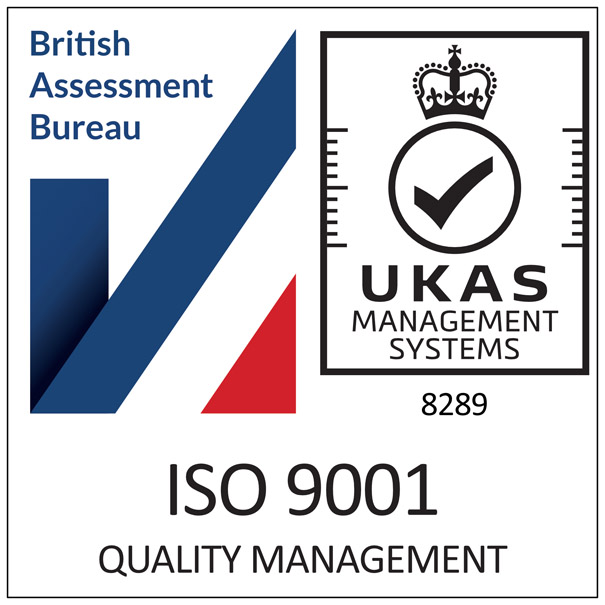
Here are some of the common pitfalls of grid gravel retention systems:
When the gravel grid system is visible
A gravel retention system should be inconspicuous, laying unseen beneath the gravel. However, the movement of gravel over time may expose the grid system you put down to keep it in place. If the gravel retention system and the gravel are both dark colours your client probably won’t be too disgruntled but a dark grid system that becomes a feature itself where the gravel is a light colour is probably not the look they were going for. Equally a dark coloured gravel grid may show through a light-coloured gravel surface.
To conquer the issue of gravel grid exposure, look for one that comes in a light colour, such as Growtivation’s Gravelrings, which now comes in white as well as the original black. Different to other systems, it is recommended to overfill Gravelrings panels, further helping to eliminate this aesthetics problem.
Keeping the gravel where it belongs
The obvious benefit to using a gravel retention system is that they stop the gravel used for paths and driveways from ending up over the rest of the garden or road. However, some systems don’t include a base to stop the aggregate undermining the tile. Gravelrings gravel retention grids have an open mesh base designed to prevent gravel getting underneath it, creating bumps that are very hard to put right. It also allows water to pass through easily, preventing silt and fine debris building up in the cell, a common problem with systems that have a geotextile fabric attached to the base.
Being unfit for purpose
A pathway is no good if you can’t walk on it and a driveway is no good if you can’t park on it. This means you need to use gravel retention products that are up to the task and won’t buckle or pull apart when subject to continuous and heavyweight use. The unique ring design of Gravelrings provides optimum strength and excellent load-bearing capacity, making them suitable for pedestrian or vehicle traffic applications, including HGVs, sustaining loads up to 350 tonnes per m².
Additionally, Gravelrings panels make it possible not only to walk over this kind of surface but to also cycle and push small-wheeled vehicles, such as pushchairs and wheelchairs.
The associated cost of muckaway
Installing a typical gravel retention system means digging out soil to accommodate the depth of the panels, all of which takes time and increases the costs of the project as that soil needs to be removed from the site. But with Gravelrings not only is there less muckaway but less gravel required too.
Being only 25mm in depth, Gravelrings means a shallower excavation is required resulting in less muckaway loads, bringing the overall project costs down. In addition, being shallower means there’s less demand for gravel resulting in a further saving. However, the 25mm depth has no detrimental effect on the system’s load bearing capacity.
Gravelrings are available in black and white and come in handy 500 x 500mm panels (25mm depth), pre-assembled to 1m² making them easy to transport and fast to lay.
Find out more about the Earthworx range by downloading your free copy of our Ground Control That Works guide to grass and gravel stabilisation.
Or to find out where you can buy Growtivation products visit our online Where to Buy facility or contact the friendly team at Growtivation for advice on 0800 197 8885 or email sales@growtivation.com.












